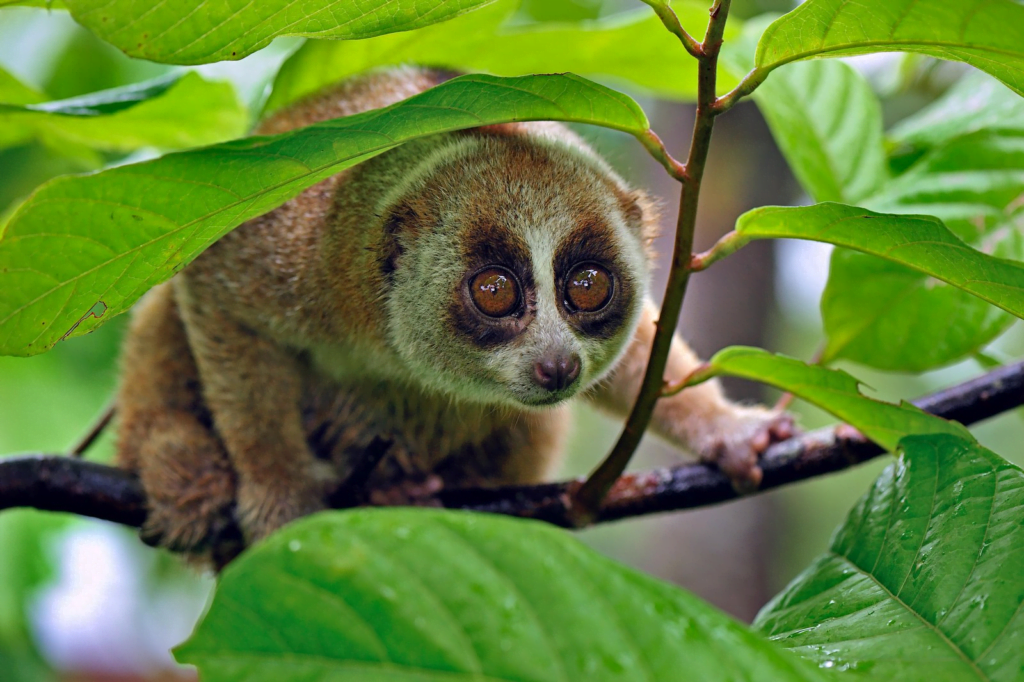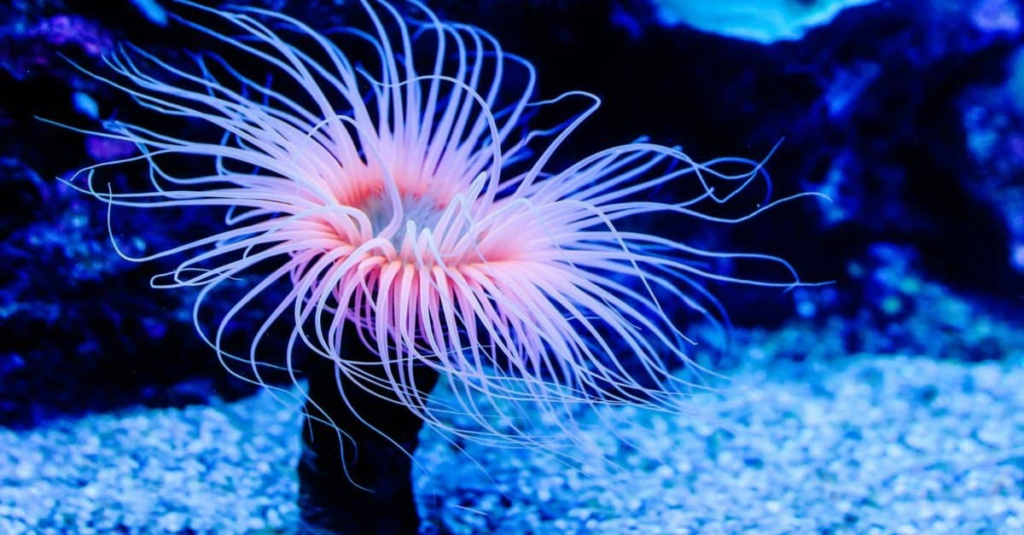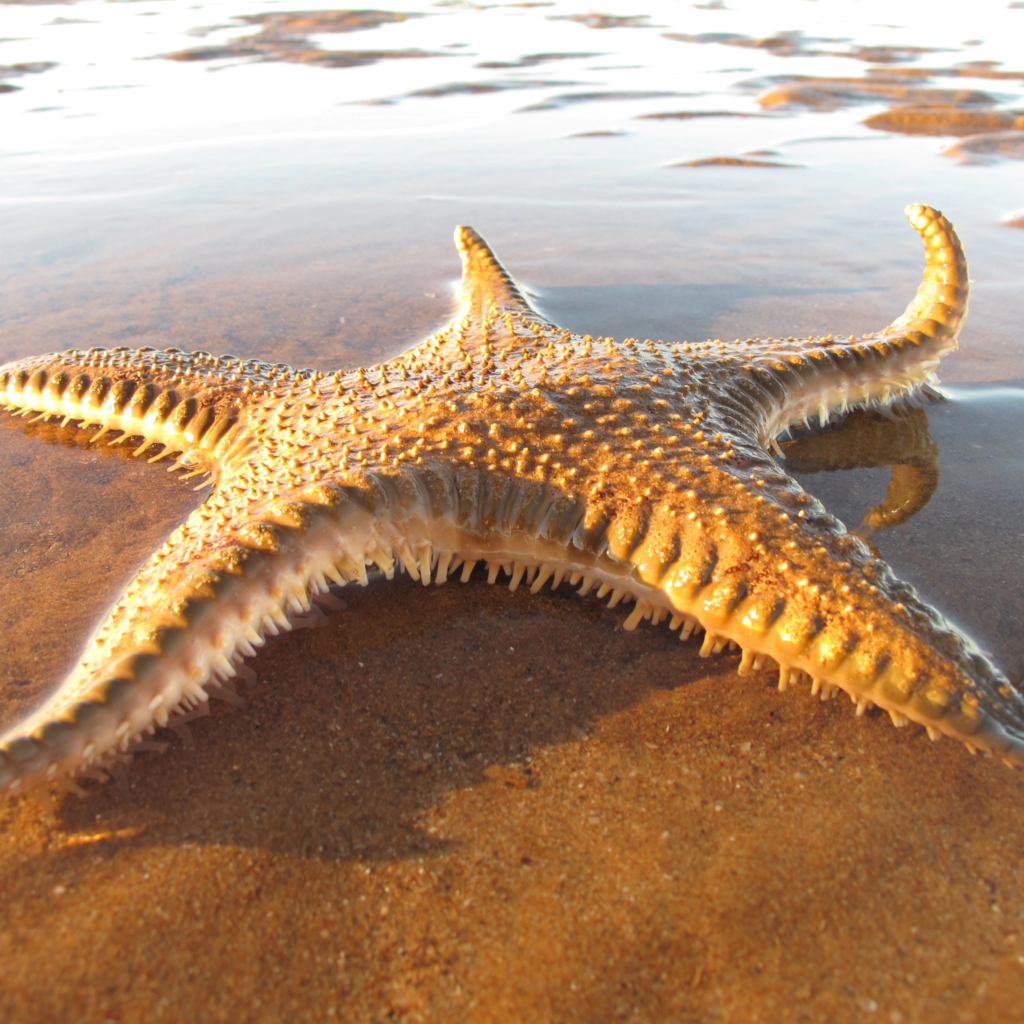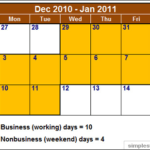Answer: The slowest animal in the world is the Sloth and moves about 2.4 meters per minute on the ground. In fact, Sloths are so slow that algae start to grow on them, which is responsible for the greenish tint in their color.
You’ve most likely heard about the fastest and even strongest animals in the world, but there are some that are quite slow. Some of them are so slow that they move as slowly as 1 cm in an hour. Isn’t that unbelievable?
Speed is an essential factor for most animals in the animal kingdom as it helps carnivores when hunting; however, some animals have less need to hunt and are comfortable being their slow self. While some have a slower metabolism that requires them to conserve most of their energy, others have a genetic makeup that makes them naturally slow.
In this article, we will look at some of the slowest animals in the world in no particular order. Number 7 will surprise you. Keep reading.
12 Slowest animals in the world
1. Sloth
The three-toed sloth (Bradypodidae Bradypus), found in Central America, is one of the slowest animals in the world and may move up to 2.4 meters per minute on the ground. In the canopy, where they like to live, these animals can move up to 4.6 meters per minute.
Sloths are so slow that algae starts to grow on them, which is responsible for the greenish tint in their color. Sloths move slowly because they have extremely low metabolic rates, a slow digestive system, and a limited nutritional requirement of a few leaves and twigs.
Combining very long arms and narrow shoulder blades, the sloth’s physical structure sets it apart from other mammals and contributes to its sluggish way of moving. This allows them to reach far without exerting themselves excessively.

2. Snail
The top speed of garden snails (Cornu Aspersum) is roughly one meter per hour, or just 0.001 kilometers per hour, according to a study of 450 of these creatures utilizing LED lights, UV paints, and time-lapse photography. This earns them a spot on the list of the slowest animals in the world.
All snails move by contracting the muscles of their single, boneless foot, generating a spray of mucus that eventually transforms into slime to lubricate their forward motion. This is similar to how slugs move. Snails don’t need to move quickly to evade predators since they can withdraw inside their thick, coiled shells on their backs, unlike slugs.

3. Giant tortoise
The giant tortoise is native to the seven islands of the Galapagos Islands. Each population of the giant tortoise found on these islands has developed into a distinct subspecies. The size and shell form of each colony vary the most, although they all move at unusually slow speeds.
With an average speed of 0.3 kilometers per hour, giant tortoises (Chelonoidis nigra) rarely travel farther than a few kilometers daily due to their heavy shells. They typically spend most of the day grazing and resting, only moving between their feeding locations in the early morning or late afternoon.
The “tortoise highways” of the Galapagos Islands are well-traveled animal trails that giant tortoises use to navigate the dense vegetation. These animals are also notable for having some of the longest lifespans on the planet, with a lifespan of 150 years.

4. Seahorse
A small species of seahorse called the dwarf seahorse is found in the Bahamas and some regions of the USA. The Guinness Book of World Records lists it as the fish that moves the slowest, with an agonizing top speed of roughly 0.016 km per hour. It is also interesting to know that these creatures are able to mate for life.
Seahorses rely on drifting because their unusual body structure prevents them from moving very much in the water to go forward. They may sneak up on prey (often small crustaceans) unnoticed as it lunges to snap the meal into its mouth, thanks to their incredibly sluggish movement.

5. Slow Loris
This nocturnal primate is native to Southeast Asia and moves at a speed of about 1.9 kilometers per hour. Most of the time, the sluggish loris moves very slowly and deliberately. But once they locate their target, they move swiftly and precisely, grabbing and devouring them at an astonishing rate.
Insects are the primary food source for slow Lori, but they will also consume fruit, sap, foliage, eggs, birds, small mammals, and reptiles. Despite having a lovely and cuddly appearance, they are the only ape in the world with venom. They defend themselves from predators and employ this poison to catch their prey.

6. Slugs
Slugs are slow gastropod mollusks that lack a shell. Perhaps because of this, they can outrun their cousins, the garden snails, in a race. Ariolimax Costaricensis, the banana slug, is a very slow-moving slug species, with a maximal speed of slightly over 8 millimeters per minute, or 0.48 kilometers per hour.
These creatures can function like worms by consuming decaying leaves, excrement, moss, and dead plants and decomposing them into the soil.
All slugs travel by using the muscles in their one foot to drive themselves forward while secreting slime-like mucus to lubricate their way. Banana slugs may build a cord to rappel down from heights using a mucus gland at the end of their tail.

7. Sea Anemone
With over 1,000 species, sea anemones are part of the Actiniaria family and are related to coral and jellyfish. They come in a variety of forms, sizes, and hues. They are able to move around on one foot, which is referred to as a pedal disc, but they almost never separate themselves from coral or rocks. Instead, they prefer to hunt by waiting for fish to pass by near enough to catch.
Time-lapse photography has shown them to move at a speed of about one centimeter per hour when predators or environmental changes prompt them to go for a stroll. This might be the world’s slowest animal, depending on the metrics utilized!

8. Gila monster
The United States and northwest Mexico are home to the Gila Monster. They are inhabitants of the Mohave, Chihuahuan, and Sonoran Deserts and feed on the eggs and young of mammals that they swallow whole.
Gila monsters can only move at a speed of roughly one mile per hour. Since they are just approximately 20 inches long, they are not even close to being the quickest lizards in the United States, despite being the largest native species. Gila Monsters spend the majority of the day lying out in the sun.
Additionally, they have the ability to store fat in their tails, which they use to survive the winter months while they stay underground.

9. Manatee
This aquatic creature shares the same ancestors as the elephant. Manatees are herbivores that eat seagrasses and plants. They have toenails on their flippers that resemble those on elephants’ feet.
Manatees move through the water slowly, often moving at a speed of 1-2 miles per hour, but when they hurry, they may move at up to 20 mph.
These gentle giants, who often dwell in relatively shallow water, are said to have been the model for mermaids thanks to their elegant swimming and enormous tails.

10. Koala
Due to their bear-like appearance, these creatures are frequently referred to as koala bears, but they are marsupials. Koalas are native to Australia and mostly eat eucalyptus leaves, though they will eat from other trees if they are nearby.
Eucalyptus leaves are poisonous and have very little nutritional value. However, the Koala is unaffected by this since they have developed slower digestive systems that enable them to extract the maximum quantity of nutrients and neutralize poisons.
Koalas become pretty slow as a result of this adaptation, which has a cost. They move very slowly on the ground and sleep for 18 to 22 hours per day unless they are disturbed.

11. Starfish
The starfish is a member of the class Asteroidea. They are recognized for their distinctive star-like appearance with appendages that are hard on top and have several tube feet on the bottom.
Starfishes move slowly despite having a lot of tube feet underneath their hard body. The speed of a starfish is one yard per minute. They sometimes must employ the ocean current to advance because they move so slowly.

12. Thorny devils
These small lizards, called thorny devils, are indigenous to Australia. They are unusual critters that have colors that are camouflaging desert tans and browns. When it is warm outside, these colors are light, and when it’s cold, they are darker. Conical spines cover the entire surface of thorny devils. Additionally, these thorny scales aid in protecting them from predators.
The thorny lizard has some interesting characteristics, one of which is its peculiar gait, which involves freezing and rocking as it slowly walks around in search of food, water, and mates. The thorny lizard can move at a speed of up to 60km per hour at its best speed and is one of the slowest reptiles in the world.

13. American woodcock
There are so many slow land, and water animals but not very many flying animals are slow, and that is why this cute bird deserves a mention. The American woodcock is native to parts of North America and spends most of its time on ground dry, bushy habitats where the brown grass creates a perfect camouflage for its brown color.
The American woodcock has the slowest recorded flight speed of 8km per hour; however, they can fly between 26-46 km per hour on average.

Conclusion
Now you know some of the slowest animals in the world. Indeed, some of them didn’t come as a surprise, while others did. Which ones surprised you the most?
Ready to know which animals are the cutest? Find them here, and get ready to have your heart warmed up.
















